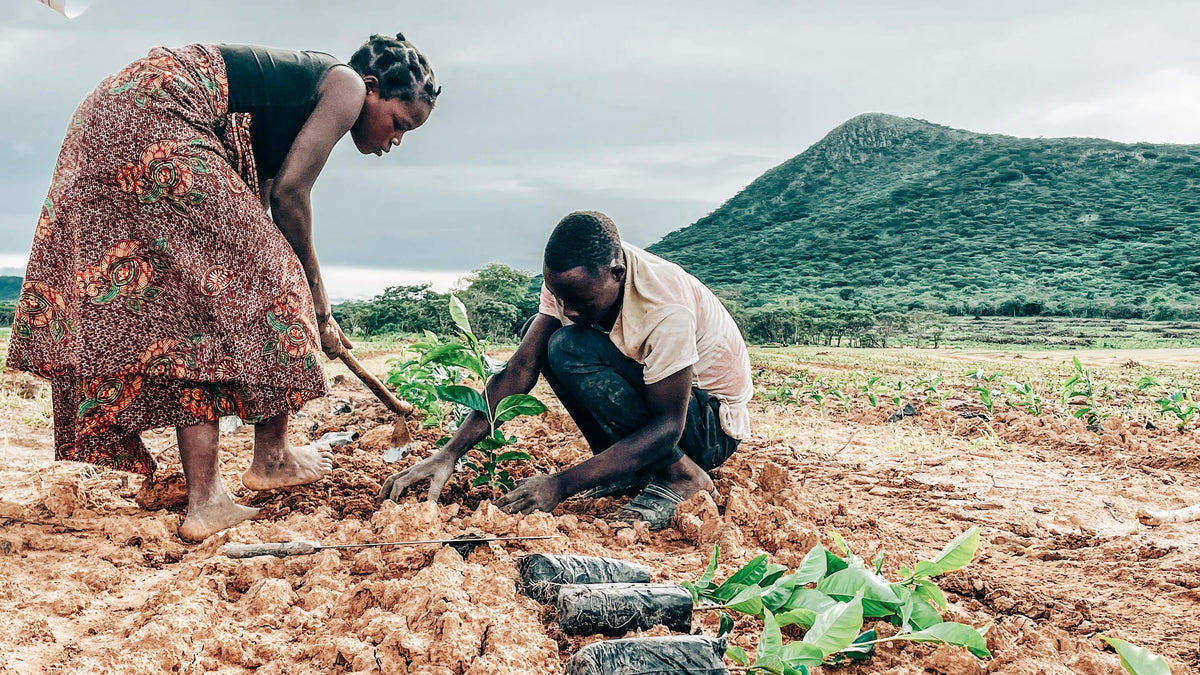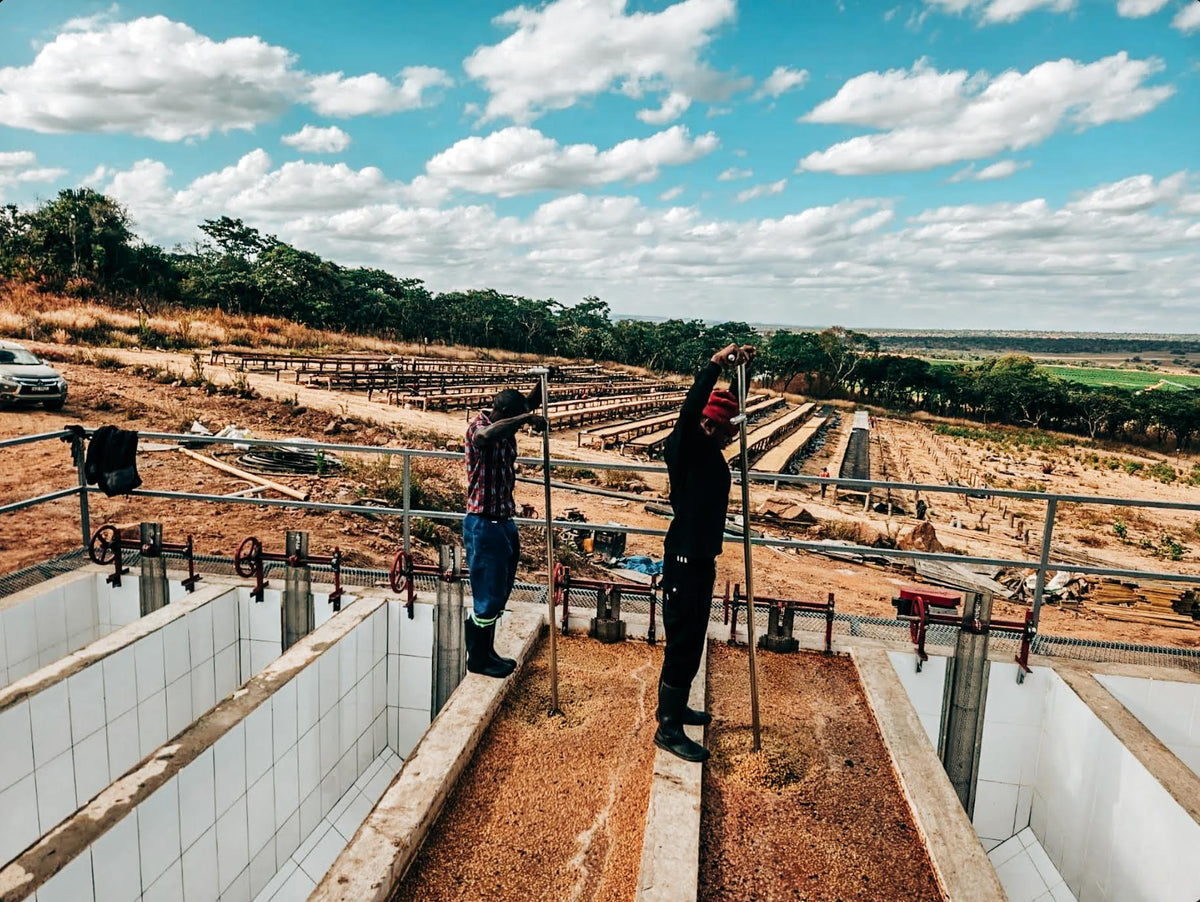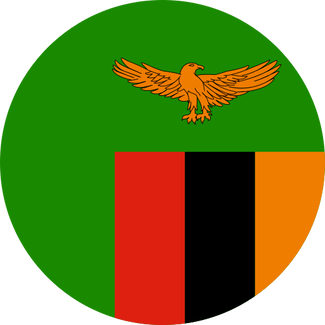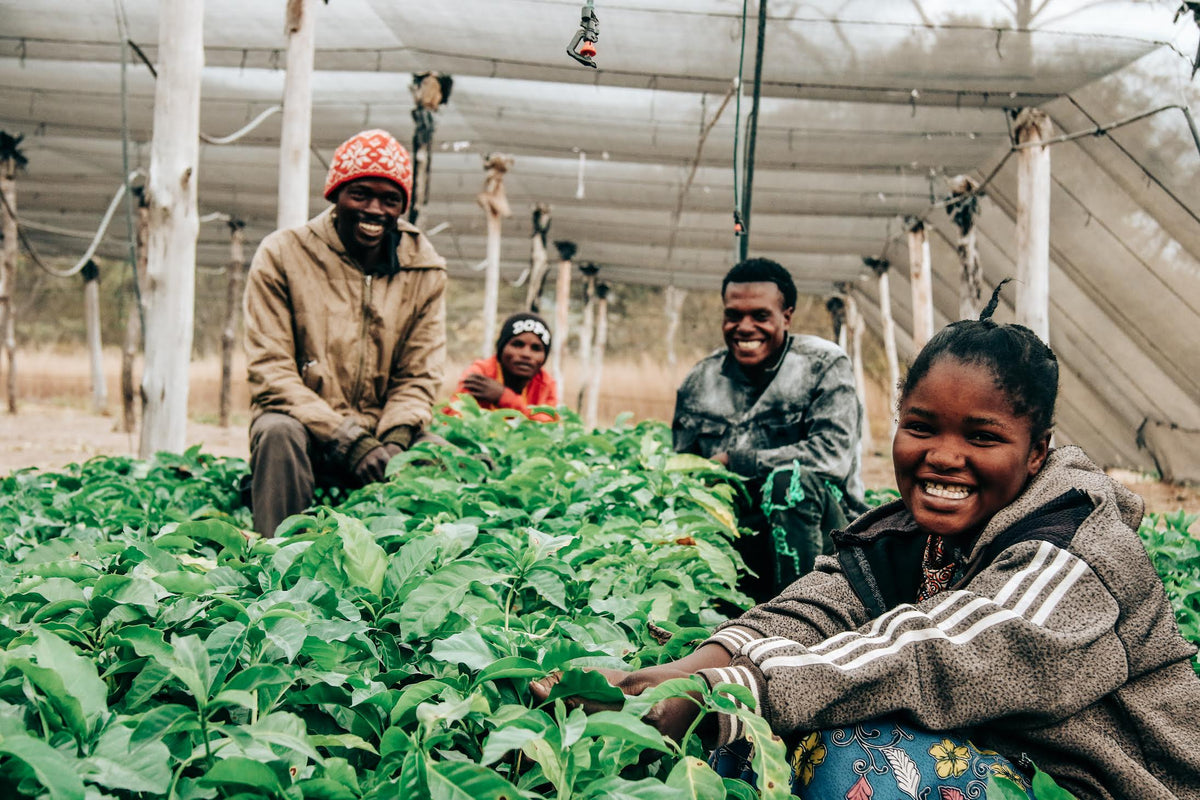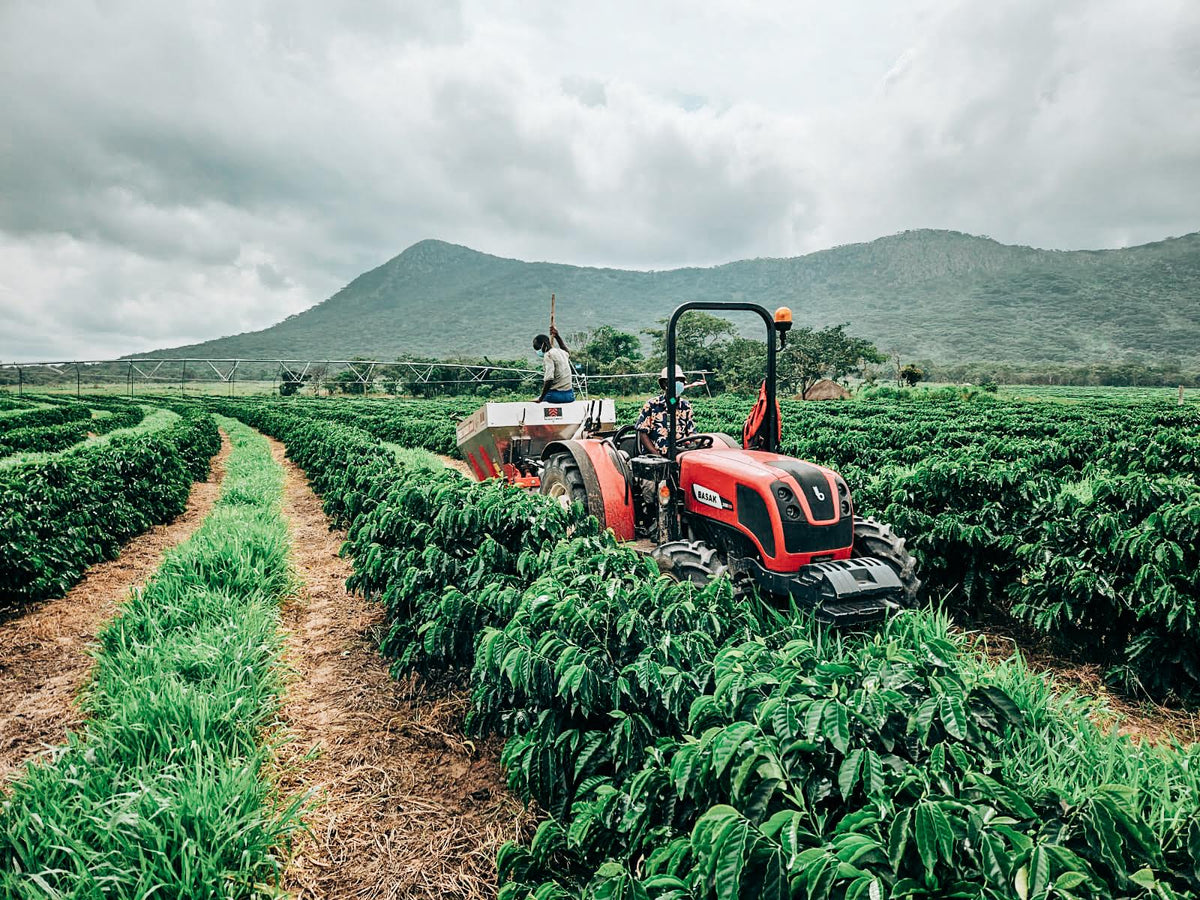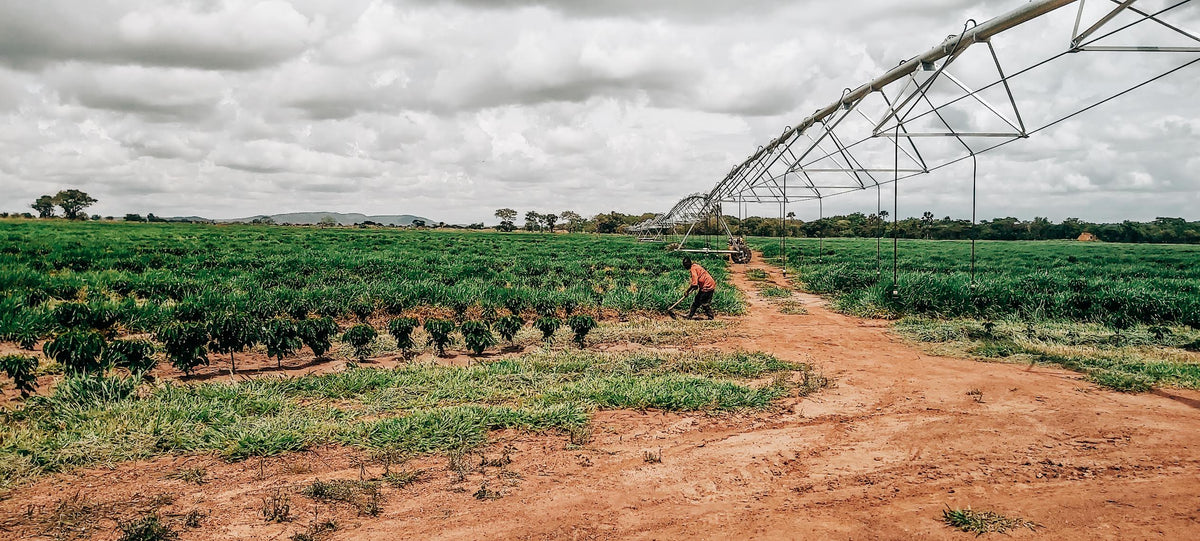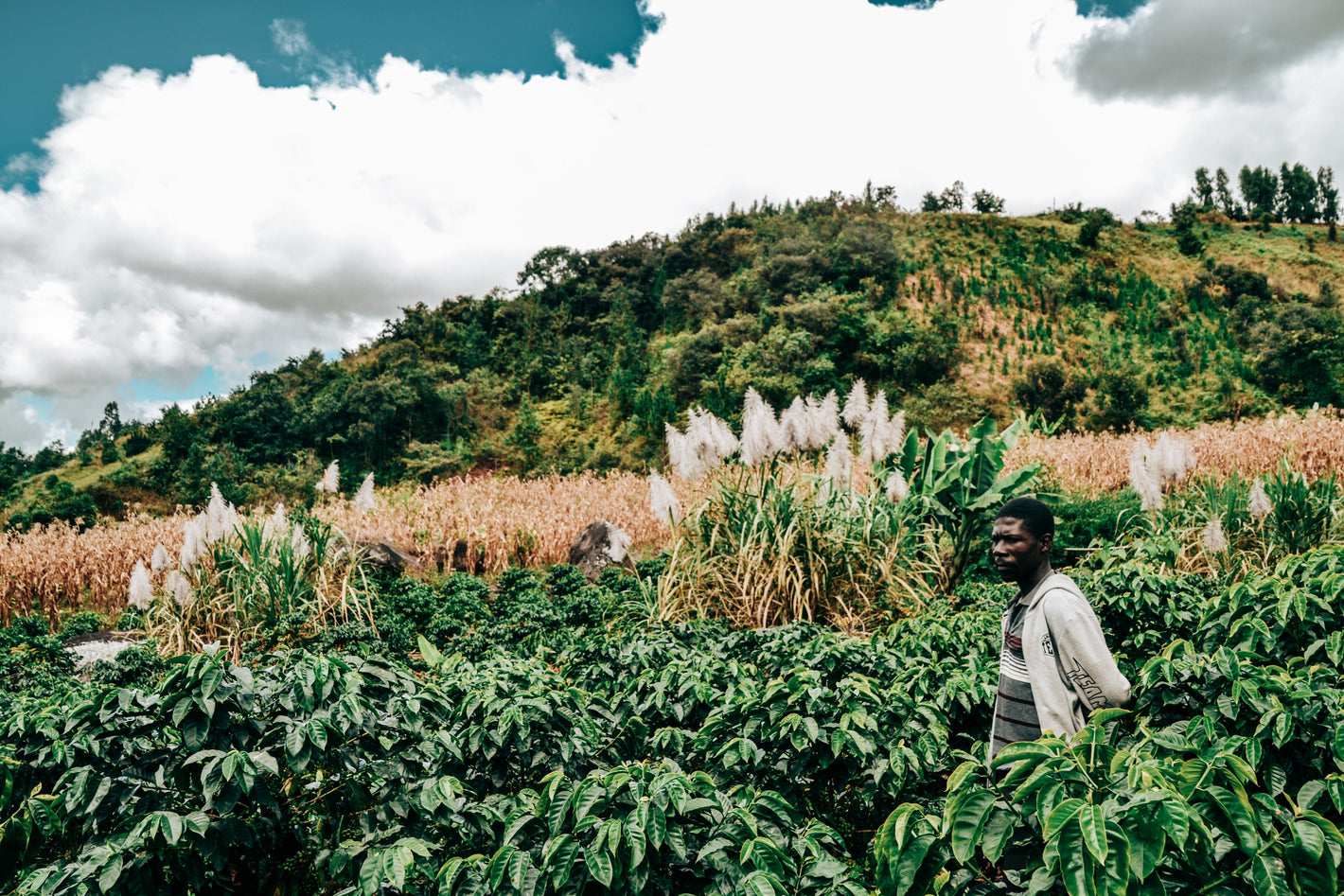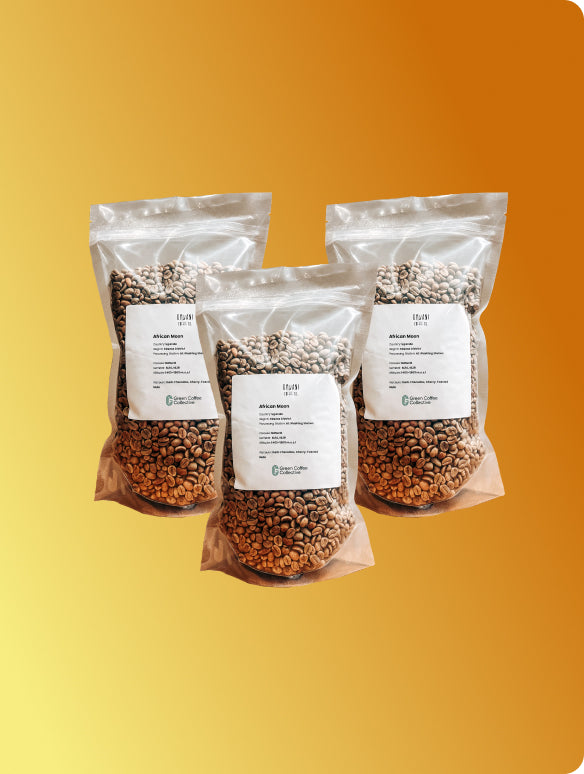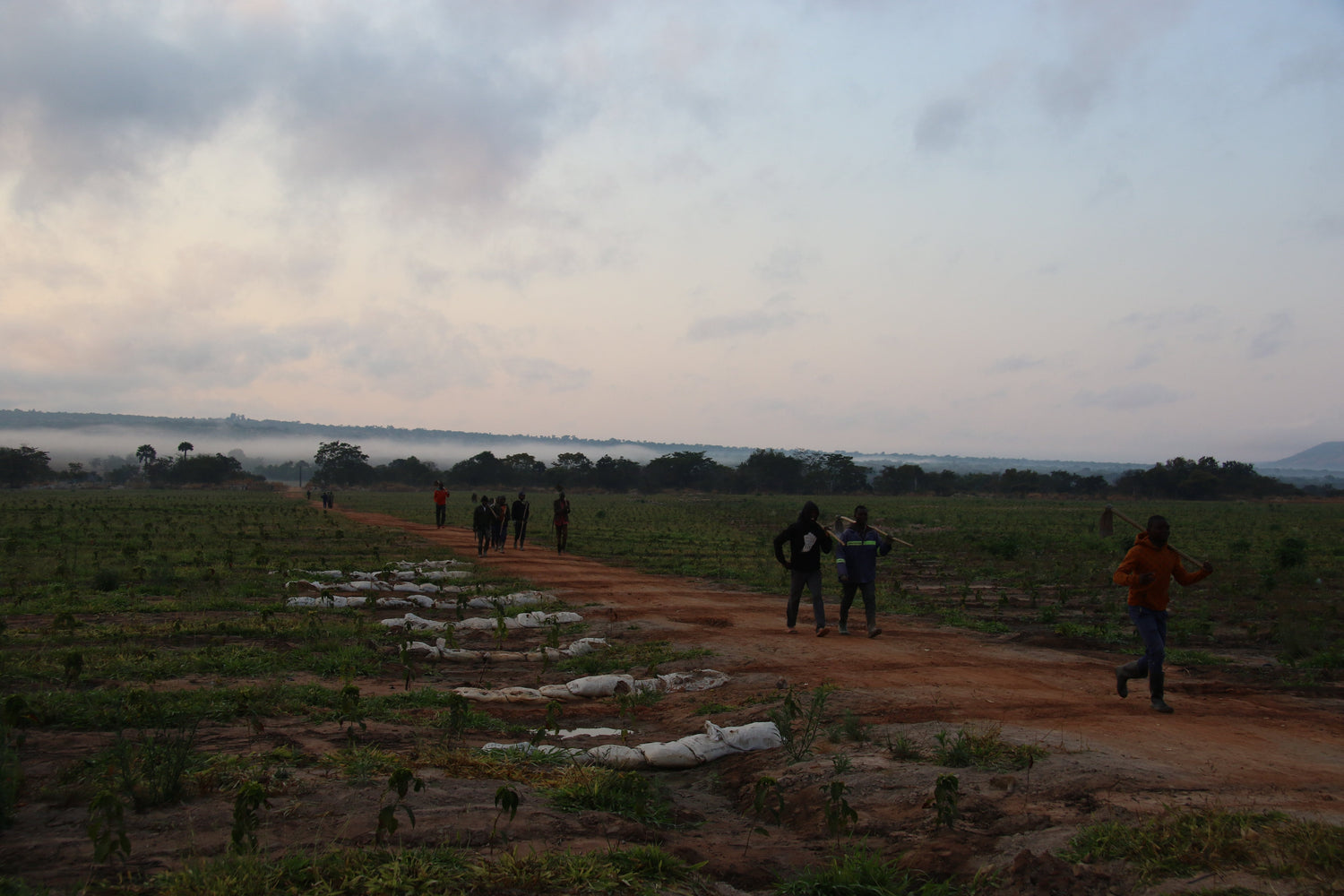
Zambia Green Coffee Beans
Zambia is a small but promising coffee origin. Most production takes place in the Muchinga Mountains of Northern Province, where high altitudes and reliable rainfall support slow maturation and clean, sweet cup profiles. Coffee is grown by a mix of smallholder farmers and several large estates, with harvests typically running from May to September. While volumes remain limited, Zambia offers genuine potential for distinctive, high-quality coffees.
-
Natural Marsellesa AB
Cupping Score84.5Processing methodVarietalMarsellesaMain flavour notesMolasses | Cola | Bold | Mellow AcidityOut of Stock -
Starmaya PB (Fully Washed)
Cupping Score83.75Processing methodVarietalStarmayaMain flavour notesDark Chocolate | Dark Berries | BramblesIn Stock+25kg left -
Marsellesa E
Cupping Score84.0Processing methodVarietalMarsellesaMain flavour notesHazelnut | Dark Chocolate | WalnutOut of Stock
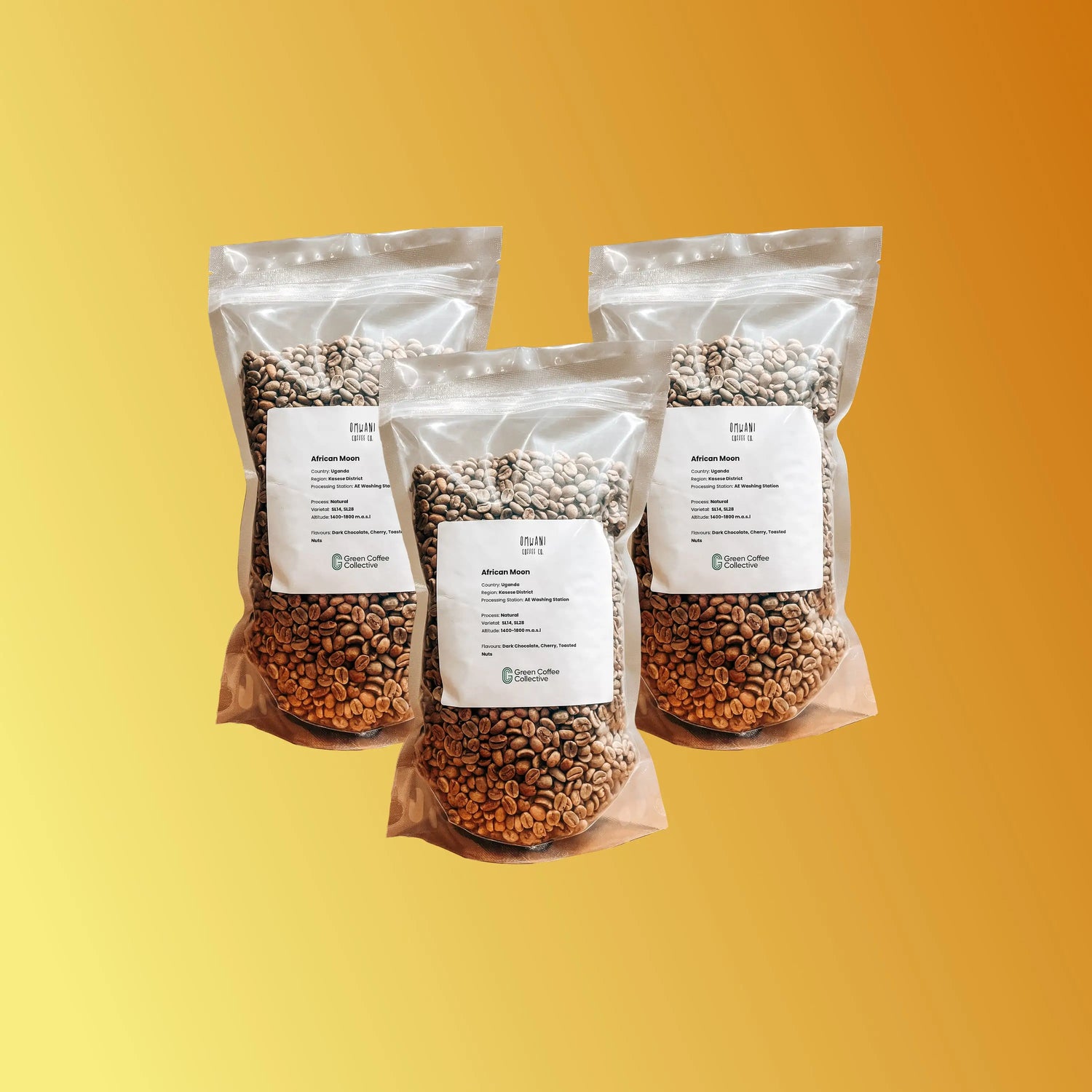
Your guide to Zambia Green Coffee Beans
-
What is the history of Zambian coffee?
-
What is the flavour profile of Zambian coffee?
-
Where is coffee grown in Zambia?
-
How did coffee production develop in Zambia?
-
What makes Zambia a region of potential?
